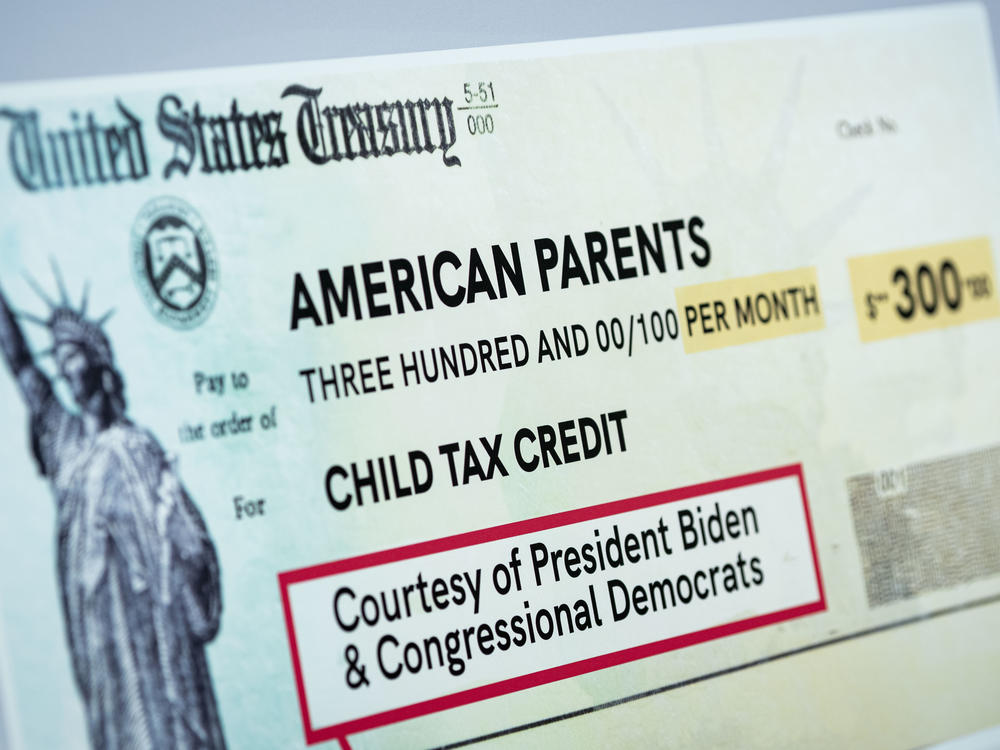Section Branding
Header Content
The New Child Tax Credit Brings A Drop In Households Reporting Hunger
Primary Content
After the child tax credit was implemented, fewer U.S. households with children reported that they don't have enough to eat, according to a new federal survey.
The Internal Revenue Service began sending out monthly child tax credit payments of $250-$300 to about 35 million eligible families on July 15. The payments are set to continue through December.
The U.S. Census Bureau conducted a survey before and after the credit was sent out. In a span of just six weeks, it showed the credit coincided with a quick drop in food insufficiency and a drop in those who say they have difficulty paying weekly expenses.
The survey showed that households without children did not see a change in food insufficiency in the same time frame.
Households that received the tax credit reported spending it on more than one thing, but 47% said they spent the money on food. For households with a least one child under the age of 5, 17% spent the tax credit on child care.
The pandemic has dramatically increased the number of children in the country who experience hunger. According to the nonprofit Feeding America, 13 million — or 1 in every 6 children — don't know where their next meal will come from.
Copyright 2021 NPR. To see more, visit https://www.npr.org.

